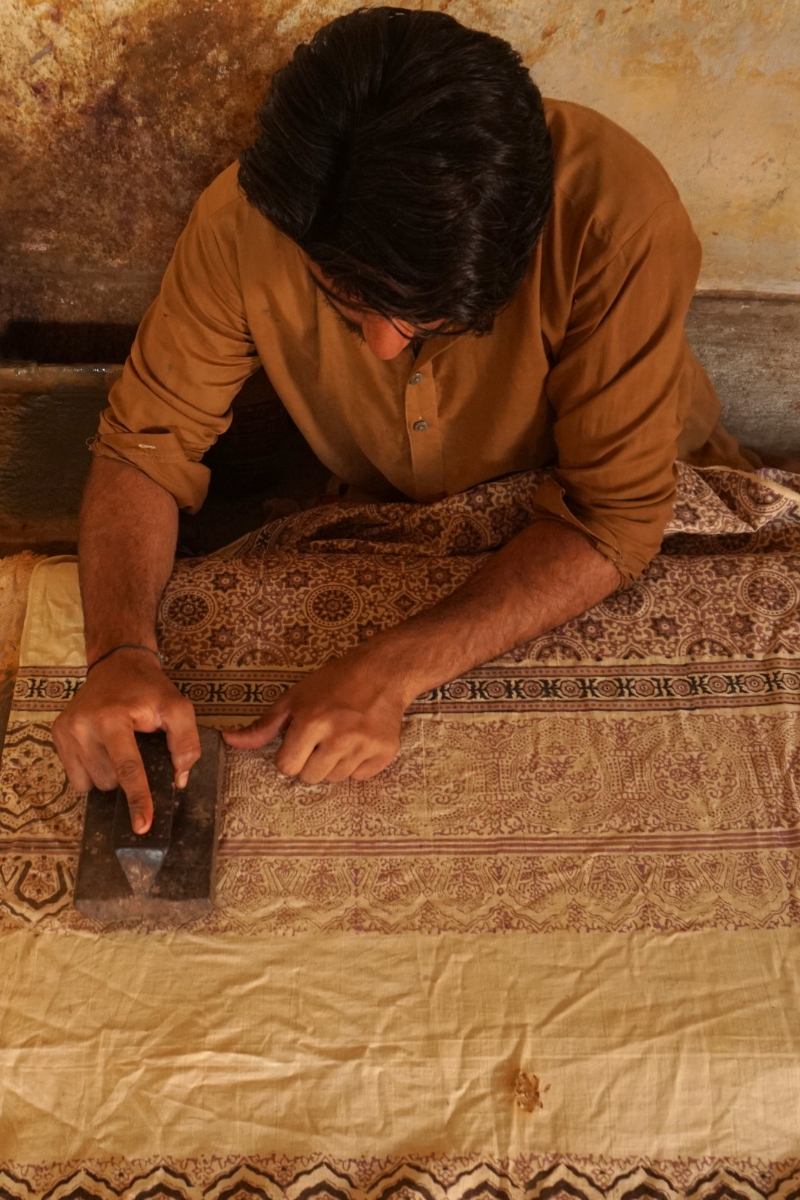Chanderi Silk Ajrakh Dupatta in Indigo Blue & Golden Yellow | Floral Motif
(0)
Vegetable Dyed | Dry Clean Recommended for Ajrakh
- In stock, ready to ship
- Backordered, shipping soon
+ Use WELCOME5 to get 5% OFF on your first order
+ Use thanks10 and avail 10% OFF, for returning customers
- Shipping worldwide
- Payments accepted only in INR
- For any help, call/ Whatsapp us on +91 95130 59900
Quick Add-ons
Product Description
Elegant Hand-block printed Chanderi Silk Dupatta
This beautiful Chanderi silk dupatta features floral motif throughout, crafted using Ajrakh hand block printing. The silk fabric is dyed in deep indigo blue and golden yellow in natural vegetable dyes, showcasing the unique charm of Ajrakh craftsmanship.
- Suitable for both formal and casual occasions.
- Random color spots on fabric highlight Ajrakh's artisanal handcrafted nature.
- It's a blend of elegance and traditional Indian aesthetics.




















